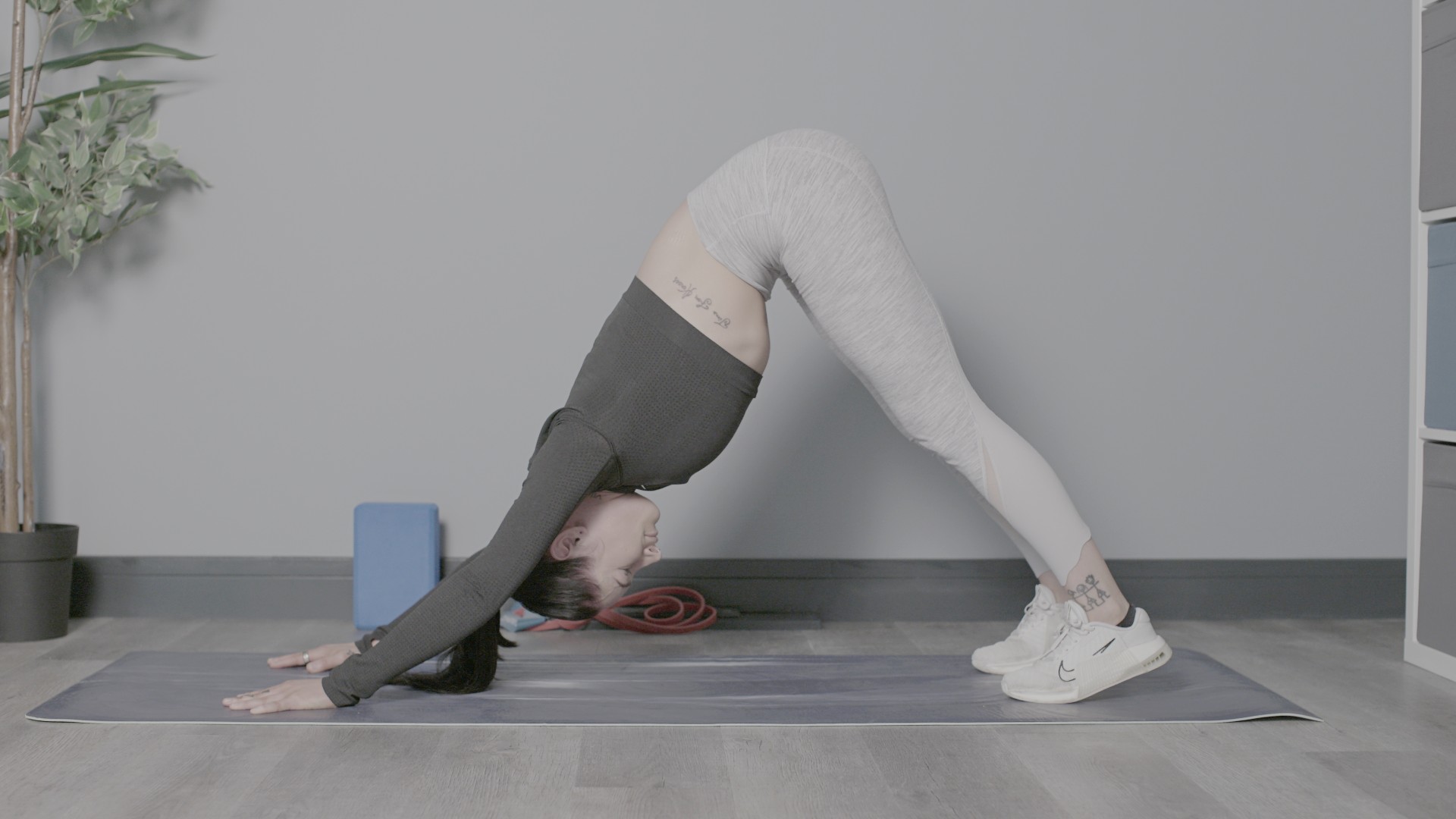
Reduce lower back pain and relieve upper body tension with this 90-second technique explained by physical therapists Bob Schrupp and Brad Heineck, collectively known as Bob and Brad.
Not just the makers of one of the best massage guns on the market, the duo are also renowned qualified PTs and claim this simple exercise can “fix low back pain in 90 seconds.” The technique has apparently been around since the 1950s from The Jones Institute and is known as “strain, counterstrain, or positional release.”
The short five-minute video has since clocked more than half a million views with people hailing the exercise. Below, we reveal how to perform the move for low back pain relief along with the simple sequence to follow.
Watch Bob and Brad’s 90-second low back pain relief video:
The original content posted to Bob and Brad’s channel is full of advice and tips for relieving pain and improving your functional fitness.
For this exercise, lay prone (on your stomach) on a bed or carpeted floor. If this is uncomfortable, you can elevate your abdominal or hip area using a pillow or cushion for at least 30 seconds, then release or keep it there.
Similar to the rate of perceived exertion (RPE), which is a measure of fatigue during exercise, the team asks you to think about your pain on the same scale of 1-10; 10 being the most painful and 1 the least.
Always check in on your pain and how your body is feeling throughout. If lying down reduces tension at all, it's a good place to start. But you might need to shuffle around to find the most comfortable spot before you begin; this is your set-up.
The second step is to create spinal extension by bringing a cushion or pillow under your chest to elevate it, which puts the back muscles “on slack,” and releases tension. To create more slack, the team recommends moving to the “roadkill position” by bending one knee and drawing it out to the side toward your waist. Make sure your leg is still supported in this position.
For example, if you have more pain on your left side, reposition your left leg to the side or slightly shift over to the right, and vice versa. Hold for at least 90 seconds or up to 120 seconds. Then, move slowly out of the position while keeping your spine neutral.
For anyone who experiences pain throughout the lower back, repeat the roadkill position on both sides.

My verdict on the stretching exercise for lower back pain
First and foremost, we can't claim to "fix" anything, and the outcome of the stretch is entirely subject to the person's cause and symptoms. Whether you have tight back muscles, limited flexibility, or you're looking for the best exercises for sciatica, we always recommend speaking with your physician before starting a new exercise program — even if this particular exercise has been recommended by physical therapists.
As you age and depending on how active you are, you might find yourself losing flexibility, posture and range of motion, and back pain can become more common. Try to find a quiet place and spend at least 90 seconds on the technique several times a week to help relieve tension and keep you functional and mobile.
Another way to help manage pain is to stand and move more often, which also contributes toward the Non-Exercise Activity Thermogenesis (NEAT) process, boosts metabolism and helps you burn more calories by switching up your daily routine.
This also helps combat tight, weak, or underused muscles and keep the muscles responsible for posture safe and strong, including your glutes, hips and hamstrings. Walking workouts and mobility routines are just two low-impact methods that can help you move about more often.



!["[T]he First and Fifth Amendments Require ICE to Provide Information About the Whereabouts of a Detained Person"](https://images.inkl.com/s3/publisher/cover/212/reason-cover.png?w=600)



